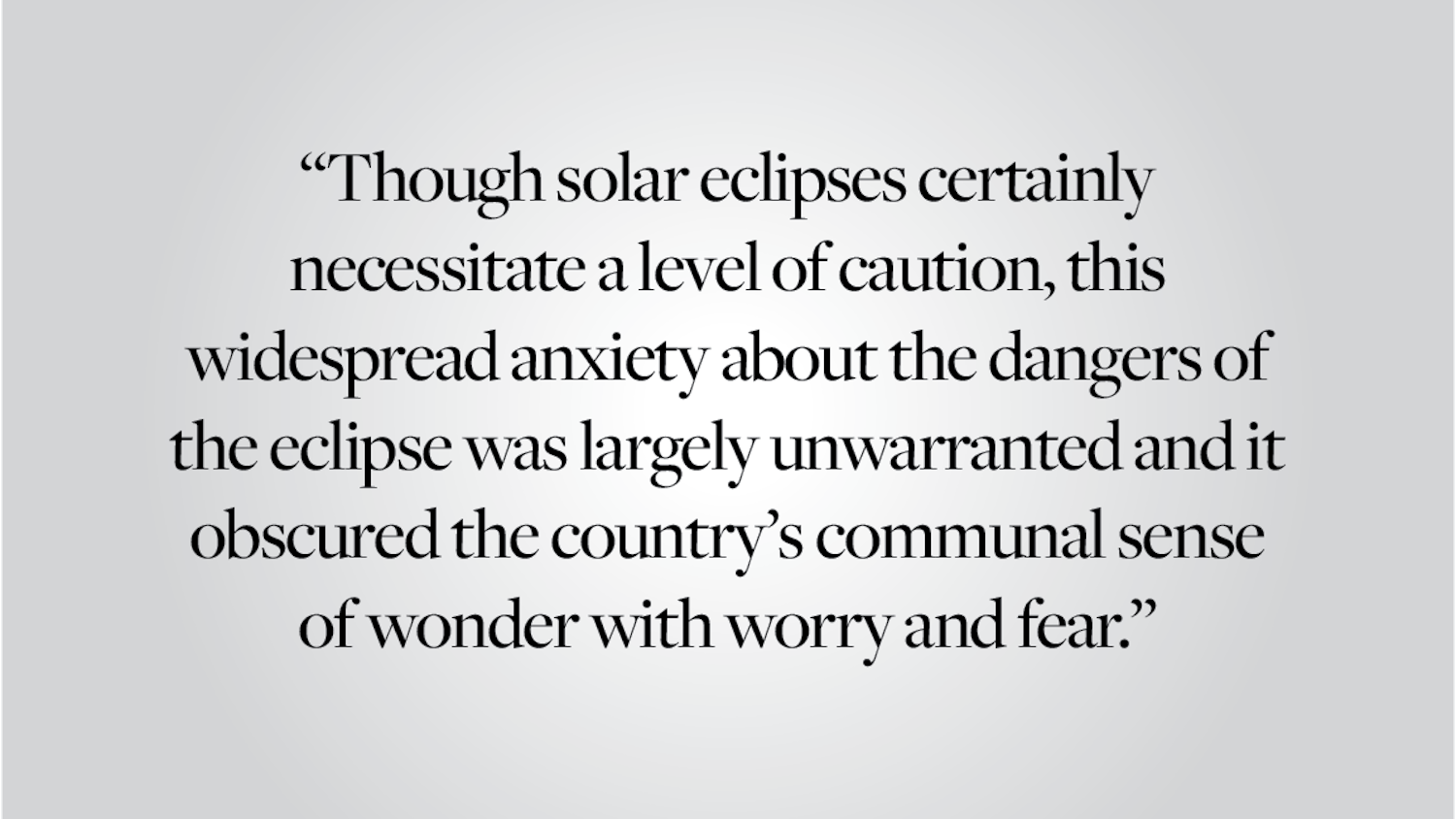When was the last time, walking along Thayer, you stopped a classmate to tell her you appreciated her comment in yesterday's section? It's my experience that this rarely, if ever, happens — especially with people who don't know each other apart from happening to be assigned the same section. But why does this simple act often seem like some sort of a risk, like no one is sure you'll actually recognize each other outside of the classroom?
It's wrong that after spending a semester in a seminar tackling major questions and sensitive issues, it isn't natural that one student will acknowledge another on the Main Green. It's wrong that after finishing a discussion section addressing important, often personally affective subjects, we can walk out and act like nothing happened, that we shared nothing. The problem is a sense that the college classroom must be treated as purely academic, non-experiential, individualistic and high-pressure. With some notable exceptions, Brown classes could do a much better job of creating a community among students and professors.
First, classrooms should be comfortable spaces for students to ask, and answer, the big questions that academic subjects raise. What should we do about universal health care? How can we treat one another well? What responsibility do we have to care for our earth? What does happen to particles so small we can't see them with the most powerful microscope? These questions often require quite a bit of courage to try to answer, especially in front of relative strangers. Think of it this way: We're much less concerned about what we say — and how we say it — around friends. Shouldn't we foster that openness in the classroom?
Furthermore, the creation of an academic community should deepen the study of the subject at hand. Beyond creating a space where speaking your mind in class is more comfortable, a classroom community of students engaged with one another could allow them to really do work in a subject rather than simply study and analyze it. Often, we get trapped in a cycle of reading, proving we did the reading by saying something in section and writing about it alone in our rooms. Academic work, while it can be very solitary, in reality is often collaborative, and our classrooms should reflect that.
To accomplish this concretely, the first thing we — professors, students, TAs — need to do is simply acknowledge that as people spending multiple hours per week together for at least three months, we are a community. We should learn each other's names and actually say hello outside of class. This is simple enough, and often happens already, but the trend could stand to become more widespread.
Beyond acknowledging the classroom community, classes should actively try to create it. Many classes use the Writing Center as a method by which to improve student papers before they are turned in as final drafts. Another possibility could be to ask students to trade their papers a week before the deadline. Not only would this give them an opportunity to critique each other and recognize their own papers' strengths and weaknesses, it would create a mutually beneficial bond among students. Even more, this would be a more realistic simulation of the way the scholarly community works — academics often present works in progress or ask peers to edit their work prior to publication.
Class field trips or joint projects are other effective ways of engaging the classroom community. I took two freshman seminars. In one, we visited a different lab around campus almost every week to learn from the researchers firsthand about what they do. In the other, I worked with three other students to create a radio show interviewing the major historical characters and authors we'd been studying.
In both of these classes, I got to know the other students in my class and felt comfortable asking questions and contributing thoughts in a more conversation-style seminar. Furthermore, I was able to engage the material in creative ways and see its application in real-world settings.
Another method of fostering learning communities could be through departments. Once students declare a concentration, in addition to having an individual advisor, they could join a group of concentrators that would serve as a support system and community of scholarship for the rest of the student's time at Brown. These groups could meet a few times a semester to discuss everyone's academic progress — how has your practice of history improved? Why did one human biology class convince you to focus in that area? What challenges are you facing in applying the principles of economics to the world? Why are we even studying all these things, and what can we do with them?
Because ultimately, creating better learning communities could help fill what I see as a pervasive gap between academic work and nonacademic life at Brown. Personally, my academic classes tend to remain sectioned away in one part of my brain, while my other opinions and passions take up the "extracurricular" space. If my class communities and fellow concentrators actually made appearances and had significance outside the classroom, perhaps that divide wouldn't be so gaping.
Chelsea Waite '11 will say hi to you on the Main Green if you say hi back.




